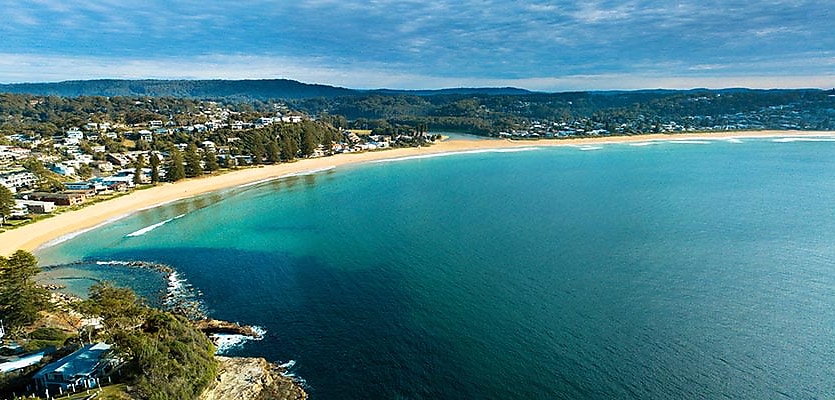With international border closures impeding Australians’ travel plans, an excess of tourism dollars usually spent on overseas trips has flowed into the holiday home market.
Australians pride themselves on being a nation of intrepid travellers, John McGrath has astutely noted in the latest edition of the annual McGrath report, highlighting that in FY19 alone, the country’s residents took a record 11.2 million short term overseas trips.
But with international travel at a standstill, many Aussies have found themselves seeking getaways closer to home, taking up short stays, long-term rentals, or investing in a holiday home.
According to the report, all three options have radically transformed the markets outside major city limits.
“Holiday homes have become an irresistible refuge for many owners,” Mr McGrath said. “They are regularly retreating to their second homes, most of them in premium fringe areas such as Sydney’s northern beaches, the NSW Blue Mountains, and Victoria’s Mornington Peninsula, where they can work remotely in comfortable and familiar surroundings.”
Even those not lucky enough to own a second home outside of the city have hardly let the trend pass them by.
Increased flexibility for remote working arrangements has given rise to the “workcation,” the report noted. Australians are choosing to take extended stays in areas they’ve always wanted to explore, spending weeks or even months telecommuting during the week and holidaymaking on the weekends.
“Airbnb and Stayz are doing a roaring trade servicing this new type of holiday home renter, who is often looking for longer-term accommodation in fringe metro and regional lifestyle areas,” Mr McGrath noted.
And many smart investors have snapped up properties to leverage on Australia’s burgeoning home-sharing market, capitalising on “travellers” looking for an easy short-term escape or long-term rentals while working remotely.
Between the city-dwellers looking to purchase a holiday home, investors jumping on the opportunity to service the burgeoning home-sharing market, and newly flexible employees making a sea change, regional areas have seen a boom that even outstripped the capital cities in FY21.
CoreLogic reports regional NSW home values rose 21.1 per cent in the last financial year versus Sydney’s 15 per cent. Regional Victoria was up 15.9 per cent compared to Melbourne’s 7.7 per cent, and regional Queensland increased 17.1 per cent against Brisbane’s 13.2 per cent.
But though prices are up in regional locations, they’re still considerably more affordable than the capitals, with plenty of stability on offer.
“Investors can buy a comparatively affordable property, with a reliable rental stream created by popular home-sharing platforms, and ride the wave of capital growth occurring in scores of sea change and tree change hot spots.”
And with the trend towards working from home creating greater flexibility to work from anywhere, the report also argued that it levels the traditional cliffs and valleys of operating a holiday rental or attempting to rent your second home part-time.
“This, in turn, means that demand for homes in regional and coastal areas looks set to become more consistent, rather than traditionally relying on peak demand during school holidays.”
ABOUT THE AUTHOR
Juliet Helmke
Based in Sydney, Juliet Helmke has a broad range of reporting and editorial experience across the areas of business, technology, entertainment and the arts. She was formerly Senior Editor at The New York Observer.









You are not authorised to post comments.
Comments will undergo moderation before they get published.